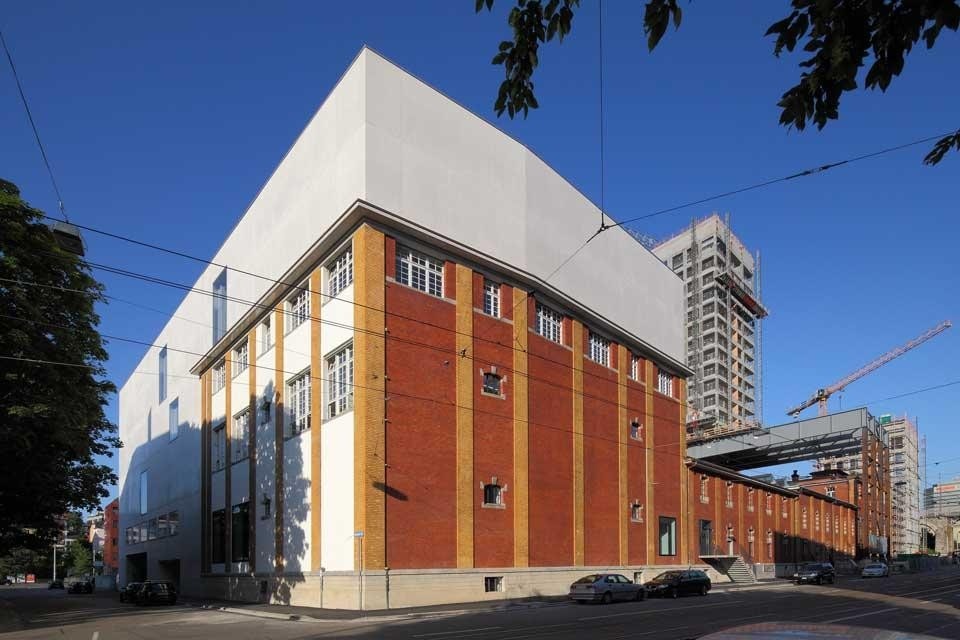At the beginning of the nineties, the city's city council, politically exhausted by constant protests and clashes with youth movements all throughout the eighties, decided to hold a referendum enabling its citizens to vote for an idea of a city that would be adopted in the decades to come. What sort of a city did Zürichers have in mind? Where would they have wished to bring up their children? What kind of city would they like to inhabit?
Today's Zürich is the tangible materialization of the scenario those people voted for — the continuation of a common policy that has been passed down from council to council. It was decided at the time that young people, creative forces and researchers would feel attracted by a liveable city, and public places offering leisure and recreation to all were created, with no need for additional services. The city had understood that this was the only possible way of ensuring prosperity in a post-industrial economy. "Fix rooms" were accordingly opened, where drug addicts could be assisted, given their injection, medicine, privacy and sterilised syringes. Within a very short time, petty crime and serious social and health issues allied to drug addiction were eliminated.
The city is currently expanding in length and breadth; with a rocketing real estate market, a heavy demand for housing still to be met, a city council in credit, and an unfailingly punctual public transport system.
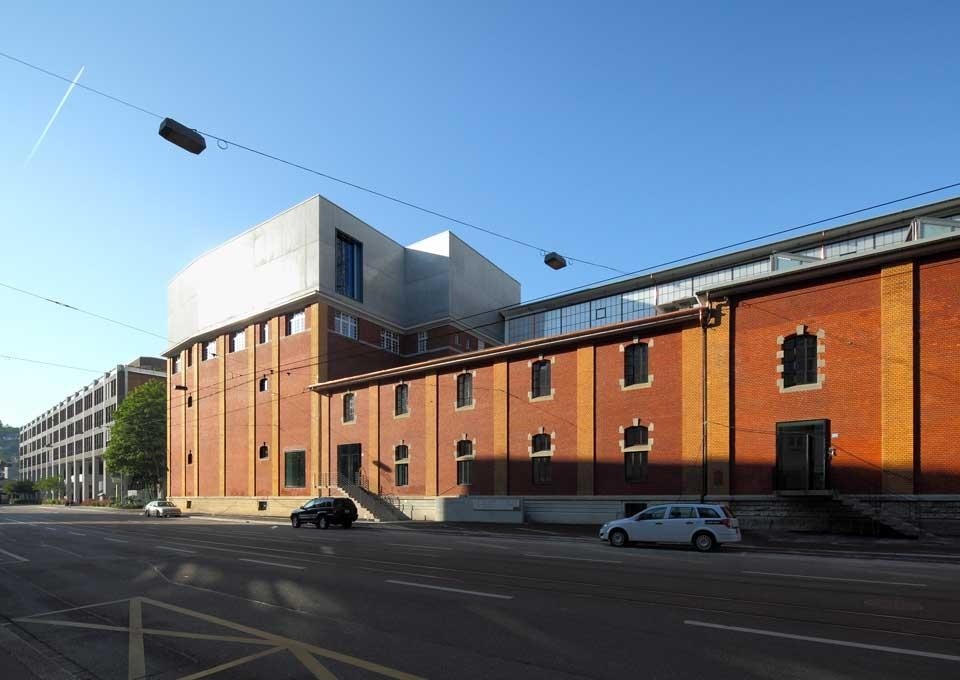
In a growing city like Zürich, which possesses disused industrial buildings close its two main train stations, every square metre is lead waiting to be turned into gold.
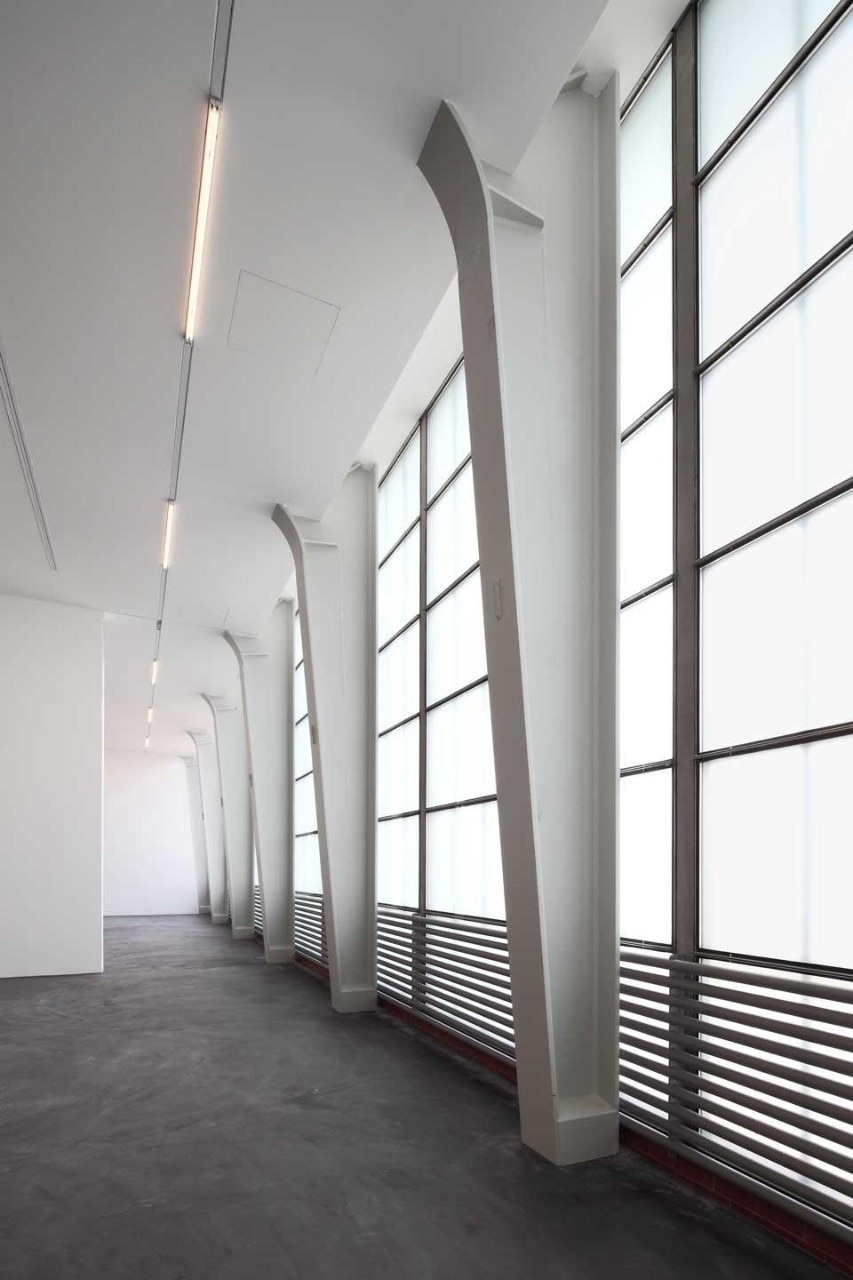
From 1996 to 2002, a succession of different owners operated a chain of steadily higher buying and selling to satisfy the appetite for property in the area. Simultaneously, several major galleries moved into the area, occupying a variety of local apartments, thus in effect establishing a contemporary art district in Zurich. In 2002 a competition to improve the area was launched, which was won by Gigon/Guyer and Atelier ww. Real estate pressure mounted and the area continued to sell. At that point, in 2005, the representatives of the Kunsthalle Zürich appealed to the City Council to allocate part of these premises to culture and contemporary art. The city responded, took up a position and approved the Kunsthalle Zürich's request.
This is a story of ordinary people with a passion for civic commitment, who have proved capable of carrying out a revolution to cross the road. Using the pedestrian crossing
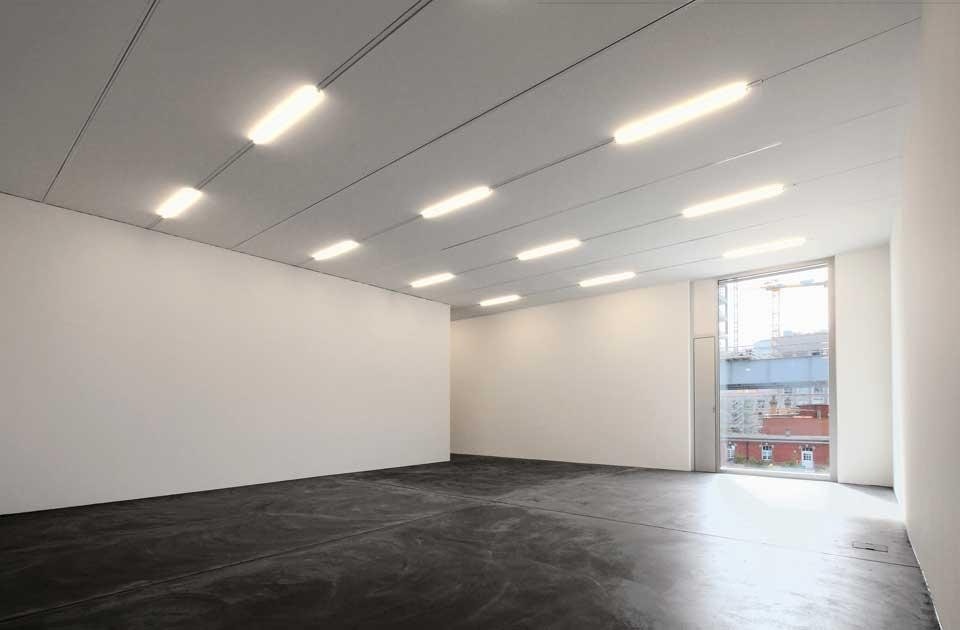
Mike Guyer tells me that in the 1990s corporations formed by public and private bodies were fashionable in Switzerland, but for various reasons never quite hit it off. It is therefore with due pride that the Zürich city council has demonstrated, in this case, that initiatives of the kind are in fact viable.
The biggest project hurdle, Guyer goes on to explain, was how to maintain the standards legally in force for public spaces within a former industrial building. He assures me, however, that the authorities were proactive in helping to resolve and clarify all the possible and inevitable difficulties typical of these refurbishments, by fostering the common interest of getting the complex built, meeting construction deadlines, and above all sticking to budget. Had the cost of the operation been in excess even by 5%, confesses Guyer, it would have been a political and commercial disaster.
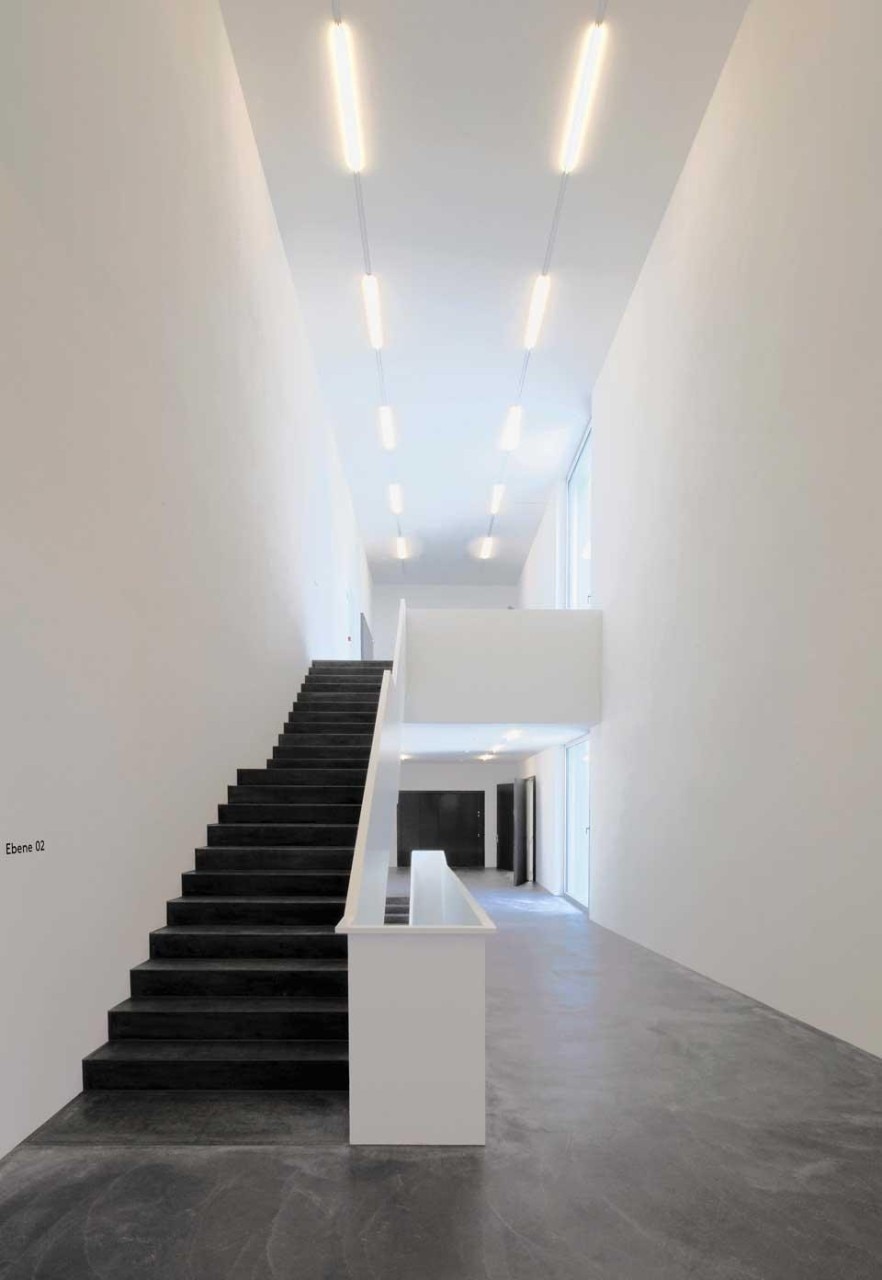
This Zürich story provides food for thought. It is all the fruit of hard work, which for many started a long way back, in an atmosphere perhaps of electric guitars and appropriate hairstyles. But that endeavour later continued, in offices and practices, and perhaps also in banks. It is a story of ordinary people with a passion for civic commitment, who have proved capable of carrying out a revolution to cross the road. Using the pedestrian crossing. Antonio Scarponi (@scarponio)


